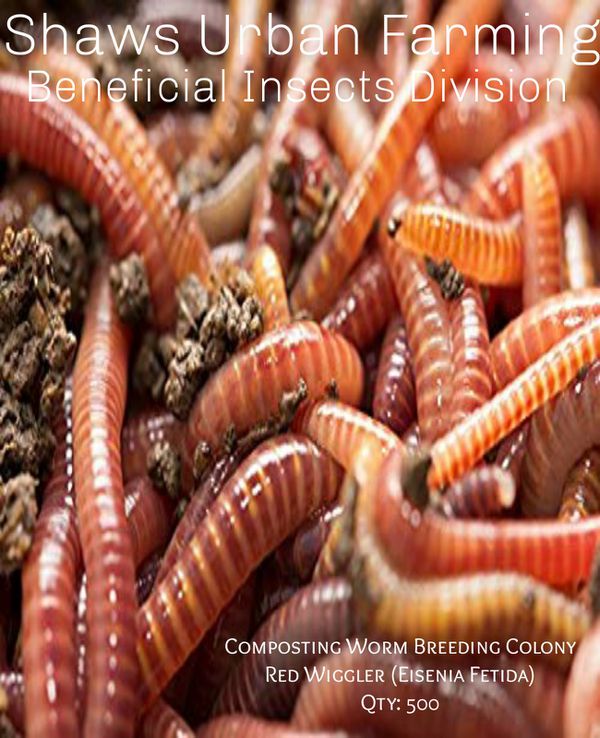


Night crawlers and other common garden worms, You will need a specific worm species called “red wiggler” or Eisenia fetida. Most indoor locations will meet these temperature needs. Worms can tolerate temperatures a bit beyond this range, but they will be less active. Worms prefer temperatures between 55☏ and 80☏ (13☌ and 27☌).
If you drilled holes in the bottom on the bin, place a tray under the bin to catch any “leachate”-this is a waste product of the composting process made of excess moisture.Īfter you make or buy a bin, store it in a good location for both you and the worms. Use non-toxic glue to attach fine screen over holes (optional). This will help prevent pests like fruit flies from entering your bin. Drill at least 10 quarter-inch holes in the bottom of the bin. These holes will also provide oxygen in your bin. Drill at least 10 quarter-inch holes in the sides of the bin. These holes will provide oxygen to the worms and other decomposer organisms in the bin. Drill at least 10 quarter-inch holes in the lid. Fine screen to keep out pests (optional),. A standard plastic storage tub from a household goods store is a great option. This is a much more effective way to compost.You can buy a ready-made worm bin (visit nyc.gov/compostproject options) or you can make your own by following these instructions.ĭimensions should be approximately 12 x 12 x 12 inches (one cubic foot) but do not have to be precise. I recommend outdoor composting in either a tumbler or pile. Instead, it had to go in the regular compost.Įven a few coffee grounds, which worms out in the wild normally like, were too acidic. There was a lot of material that I couldn’t put into the worm bin. The pH of the material had to be kept within the worm’s “sweet” zone, which is not easy to do. 
While worms may break down stuff much faster, they were far more particular about the type of food they needed to stay alive and multiply. It seems that microorganisms were better at working with me than worms when it came to breaking down food scraps. I found that regular composting was a more efficient way to create compost. My personal experience with worm composting was not a positive one. You can get the vermicomposting guide at this link: Red Worm Composting Guide to Vermicomposting. I made some of his suggested changes and quickly saw positive results. The Q&A section in the back of the vermicomposting guide is especially helpful.

Of course, you’ll have to give up your email address, but it seems well worth the price to get all that information from someone who has a ton of real-world experience with worm composting. Get this free worm composting guide here.








 0 kommentar(er)
0 kommentar(er)
